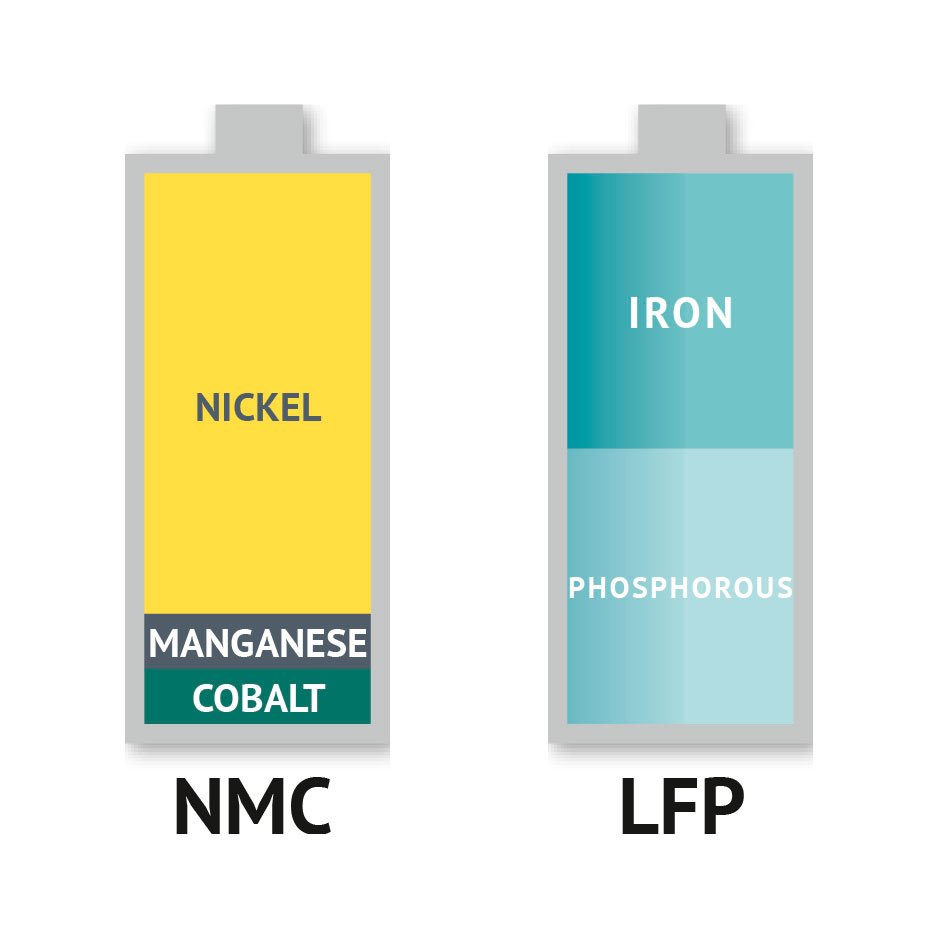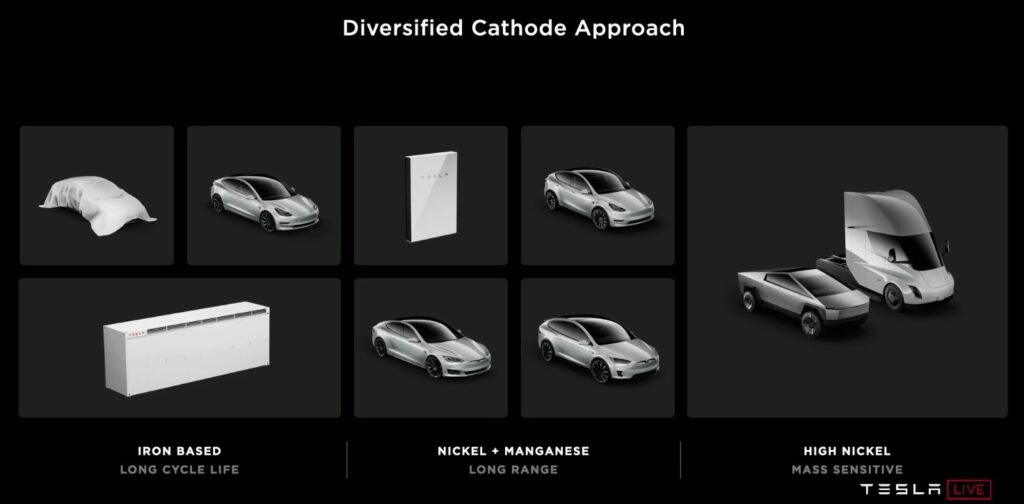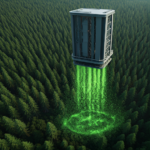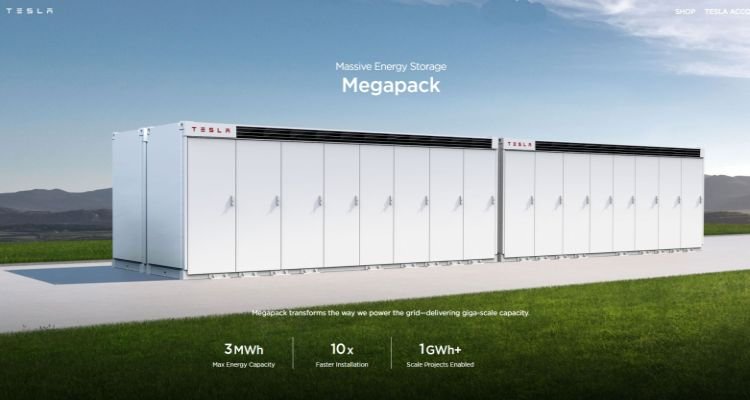Tesla has begun using lithium-iron phosphate (LFP) battery cells in its Megapack grid-scale storage systems. Each Megapack has a maximum energy capacity of 3 MWh, making it one of the largest energy storage systems on the market.

With its shipping container size enclosure, it can be installed quickly and scaled easily to meet the needs of individual customers. Tesla says the Megapack requires 40% less space and 10× fewer parts than storage battery systems available today from its competitors.
LFP has some advantage and disadvantages when compared to the traditional nickel cobalt aluminum (NCA) or nickel, manganese, cobalt (NMC) batteries typically used to power electric cars.

The advantages include not using nickel or cobalt, both of which are going up in price as the demand for electric cars accelerates. In addition, mining cobalt has significant environmental and humanitarian issues.
Leaving those elements out helps lower the cost of manufacturing battery cells.
The downside is that LFP batteries are less energy dense than traditional battery cells, which is why they are a perfect fit for the entry level Tesla Model 3 Standard Range + in China.

However for the stationary storage, the energy density is not as important because it’s just staying on the ground, and so we feel that the vast majority of stationary storage will be iron-based lithium-ion cells with an iron phosphate cathode, technically.
LFP battery cells also require less complex cooling strategies than NCA and NMC batteries, lowering costs even more.
Reference- Clean Technica, Electrek, Torque News, Economic Times, HT Auto






